From California Healthline
March 29, 2019
The end of California’s drought, announced earlier this month amid one of the rainiest winters in memory, could offer a surprising benefit: reduced transmission of the mosquito-borne West Nile virus.
Longer term, however, more severe droughts associated with climate change could contribute to an increase in the number of infections in the state and nationally.
Drought is the most important weather-related factor that affects the rate of West Nile infection, researchers say. Even though mosquito eggs need water to hatch, dry conditions tend to spur greater transmission of the virus.
“Ironically, when we have drought conditions, that does seem to amplify the West Nile virus transmission cycle,” said Vicki Kramer, chief of the Vector-Borne Disease Section at the California Department of Public Health.
West Nile is transmitted between mosquitoes and birds, and people can become infected if bitten by an infected mosquito. The illness is rarely transmitted from one person to another. According to one theory, when drought forces mosquitoes and birds into closer proximity around the few remaining sources of water, it increases the chance of infection.
